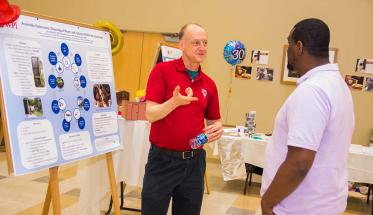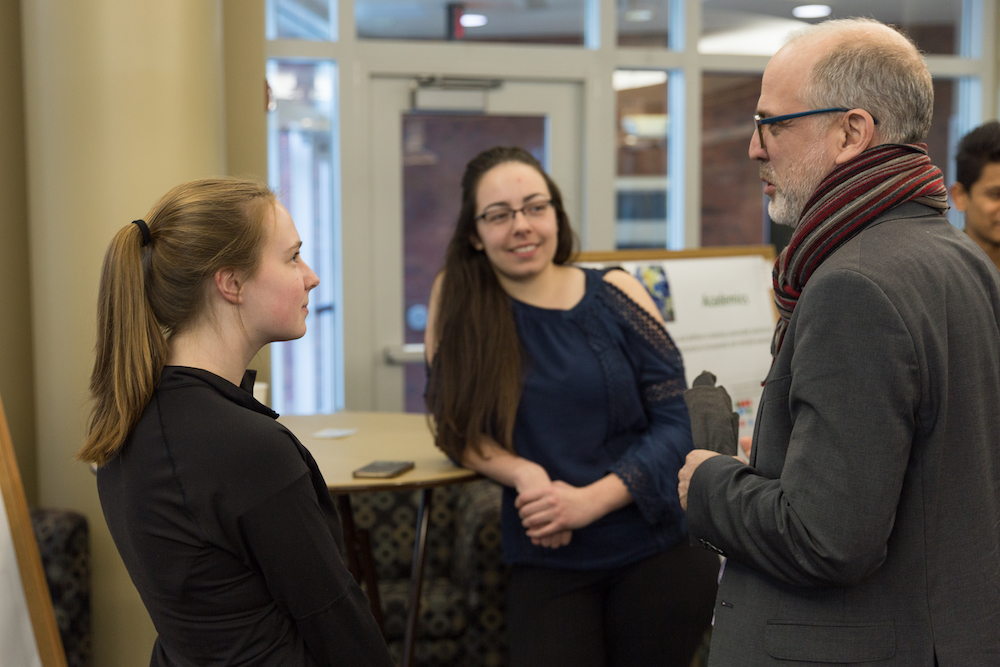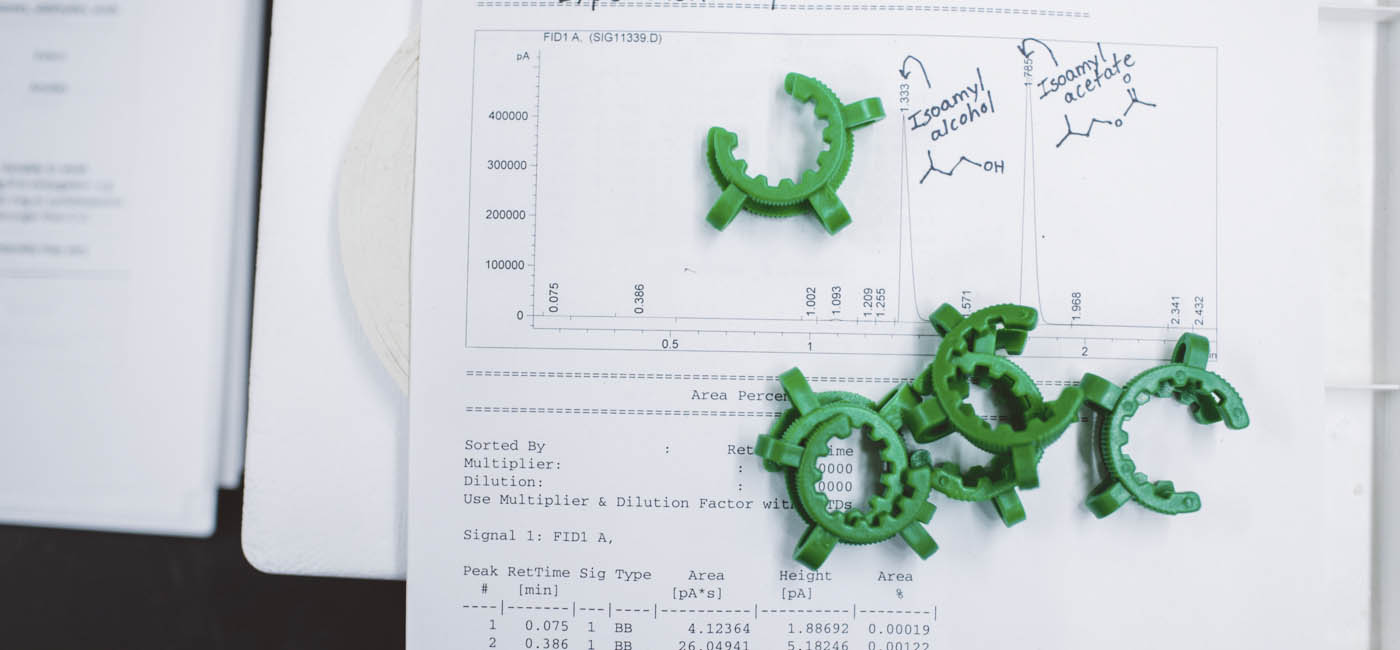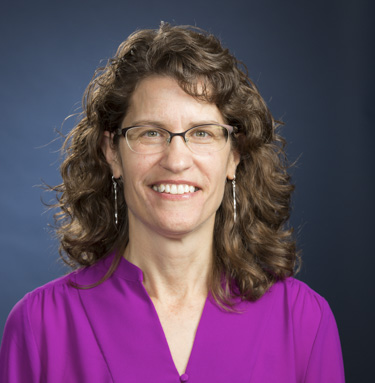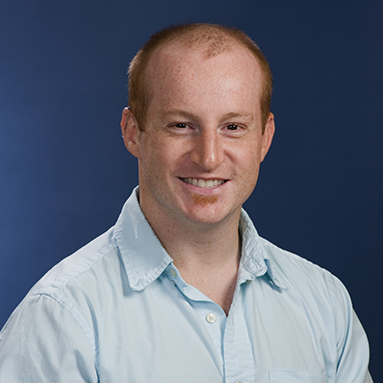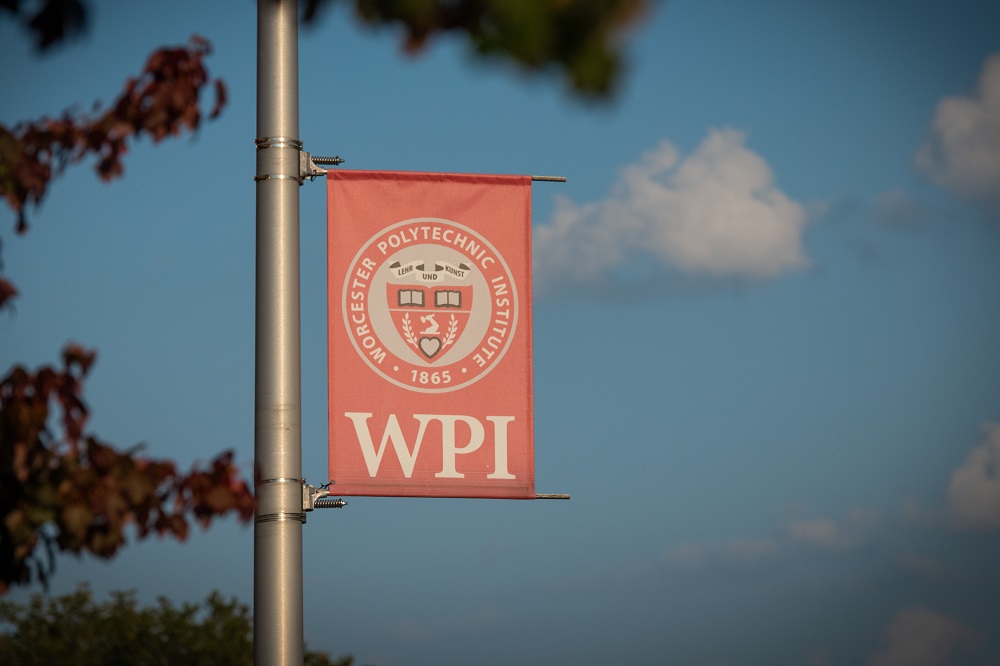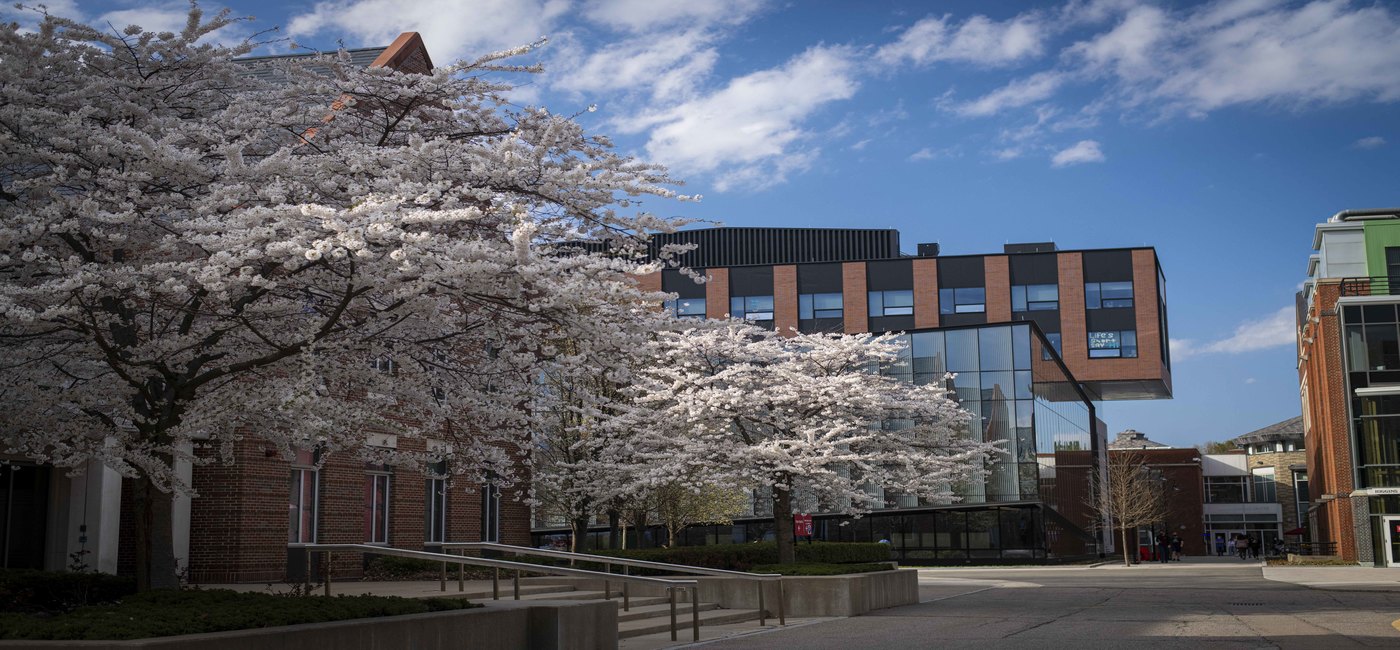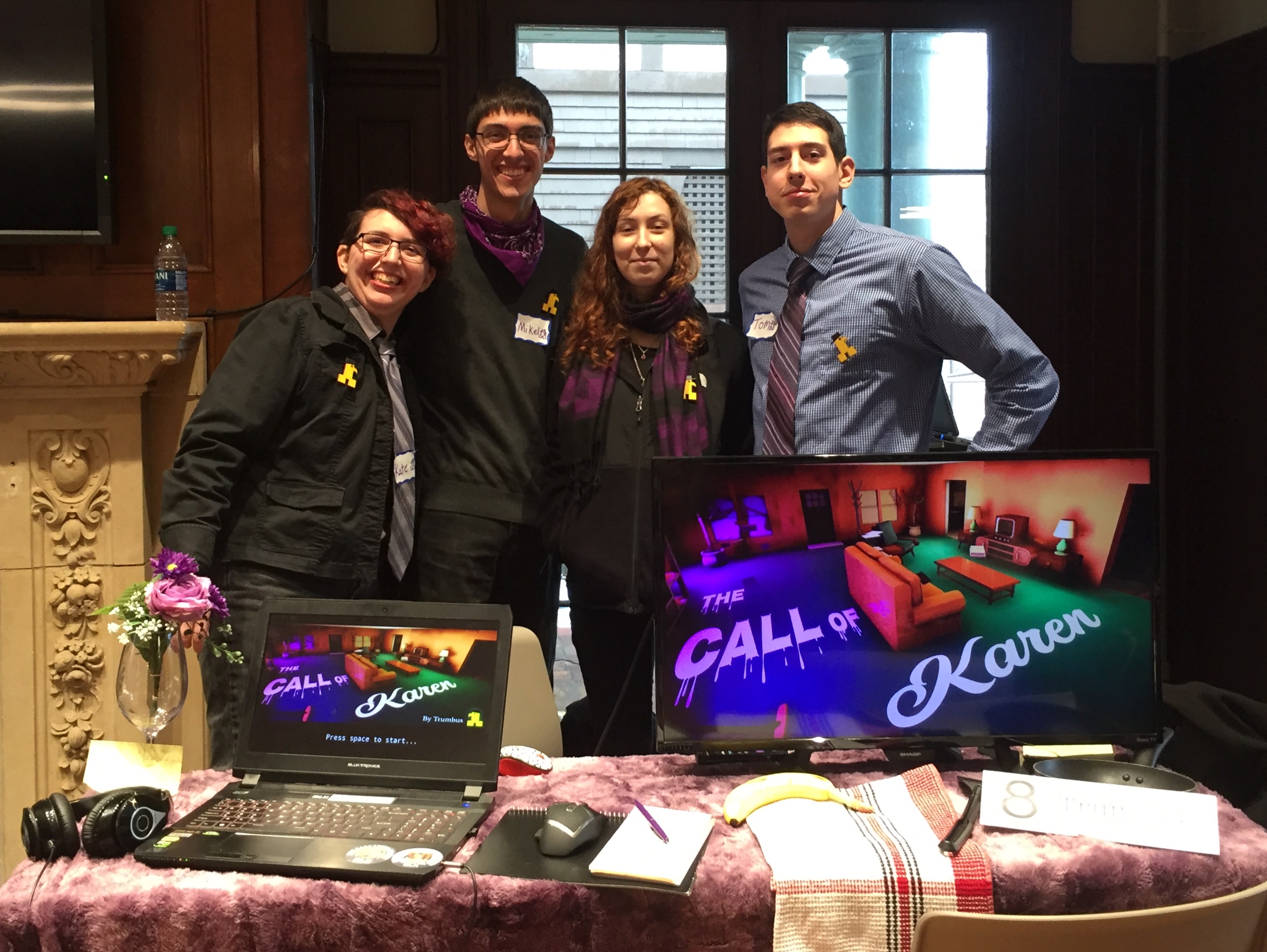Few think of teaching as a solitary career, but sometimes the opportunity to talk shop with other faculty members is in short supply. Teaching in their own classrooms, advising students from their office hours or on the fly, and researching in labs tend to keep them from having free-flowing discussions about innovative teaching methods or even the basic work they are doing in their departments.
The Teaching & Learning Showcase aims to change that. Now in its second year, the event provides an end-of-the-year gathering to find out more about WPI’s constantly evolving innovative teaching. “This helps foster dialogue about teaching and learning and what interesting work is being done in courses, projects, and the co-curriculum,” says Chrys Demetry, director of the Morgan Teaching & Learning Center. She says the number of faculty members invited to present at the showcase continues to grow and increasingly highlights WPI’s myriad teaching styles and approaches.
“We teach in our own classes, but we don’t go to other classes,” says Erin Ottmar, assistant professor of social science and policy studies. Ottmar says the showcase is a good way for others to see the new approaches faculty members are taking. “Lots of people on campus are trying to do interesting things in our classrooms, but no one knows about it,” she says.
Faculty members hardly work in silos, says Demetry, but they often lack concrete opportunities to talk about innovative teaching methods. Some of this year’s presenters included Faculty Learning Communities; Teaching Innovation Grant recipients from 2017: studio physics, evaluation of teaching, educational uses of virtual reality; KEEN: Entrepreneurial mindset learning across the curriculum; and the Faculty Institute for Online Teaching.
They often use internal and external grants and various types of institutes to get projects like these off the ground. “Grants are common mechanisms among universities to encourage experimentation and faculty development related to teaching,” says Demetry, so they are providing the initial essential funding that helps them grow into larger initiatives.
“Conversations and curiosity are important. The end of the year is a time for celebration and a good time to make visible how hard and how creatively our faculty have been working to keep improving our students’ learning experiences.” -Chrys Demetry
The showcase also calls attention to the bootstrap initiatives like the chemistry department’s grant-free curriculum overhaul. Drew Brodeur, associate teaching professor in chemistry and biochemistry, says the department has been heads-down reworking the entire approach to teaching chemistry in classrooms and in the labs. The benefits for students and faculty is already apparent, he says.
Previously, the department followed what Brodeur calls a “cookbook” approach, but the typical experiments were guaranteed to work and rarely deviated into something more unpredictable. “That doesn’t fit our model or our mission,” he says. Now an experiment might not work, but students build on their findings until they discover something that does. “They see the value in failure,” he says, even if they don’t always like it. “And that resembles the actual scientific process. Science won’t give you victories just because you ask for it.”
There was also a space for trailblazing students who are on the leading edge of ePortfolio development. Seniors Ryan Rigney and Holly Nguyen, part of the inaugural class of Grand Challenge Scholars, said presenting at a faculty showcase was reflective of their experiences at WPI. “We were the pilot group setting the stage for future students,” says Rigney. “It’s nice to leave one last mark on the school in a sense. Either of our advisors could have made this presentation, but the fact that they are having us do this shows how much trust the school puts into us.” Knowing the university has larger plans for students to complete the ePortfolios, Nguyen says the opportunity to talk about such a new program is exciting. “The WPI Plan is such a unique aspect that we all get to experience,” she says, “and this program will be a model for all WPI students.”
Several years ago, an endowment let Demetry enlarge the grants program and create Faculty Learning Communities where groups of faculty work on similarly themed, but independent, projects. Interestingly, Demetry says, many of these topics align with WPI’s broader strategic initiatives. “The themes bubble up from faculty interest,” she says. As a member of a project-based learning community with other faculty, Ottmar likes to see the methods other faculty use to improve learning and think of how that might inform her own methods.
Similar to student poster presentation days like GRIE, faculty in the showcase might come with props like a poster, a student’s work, or results from the faculty member’s own research. But the atmosphere is purposefully more casual, says Demetry. She is mindful of the rigors of the timing (end of the academic year), but believes it’s a fitting way to close the year.
“Conversations and curiosity are important,” she says. “The end of the year is a time for celebration and a good time to make visible how hard and how creatively our faculty have been working to keep improving our students’ learning experiences.”
- By Julia Quinn-Szcesuil
